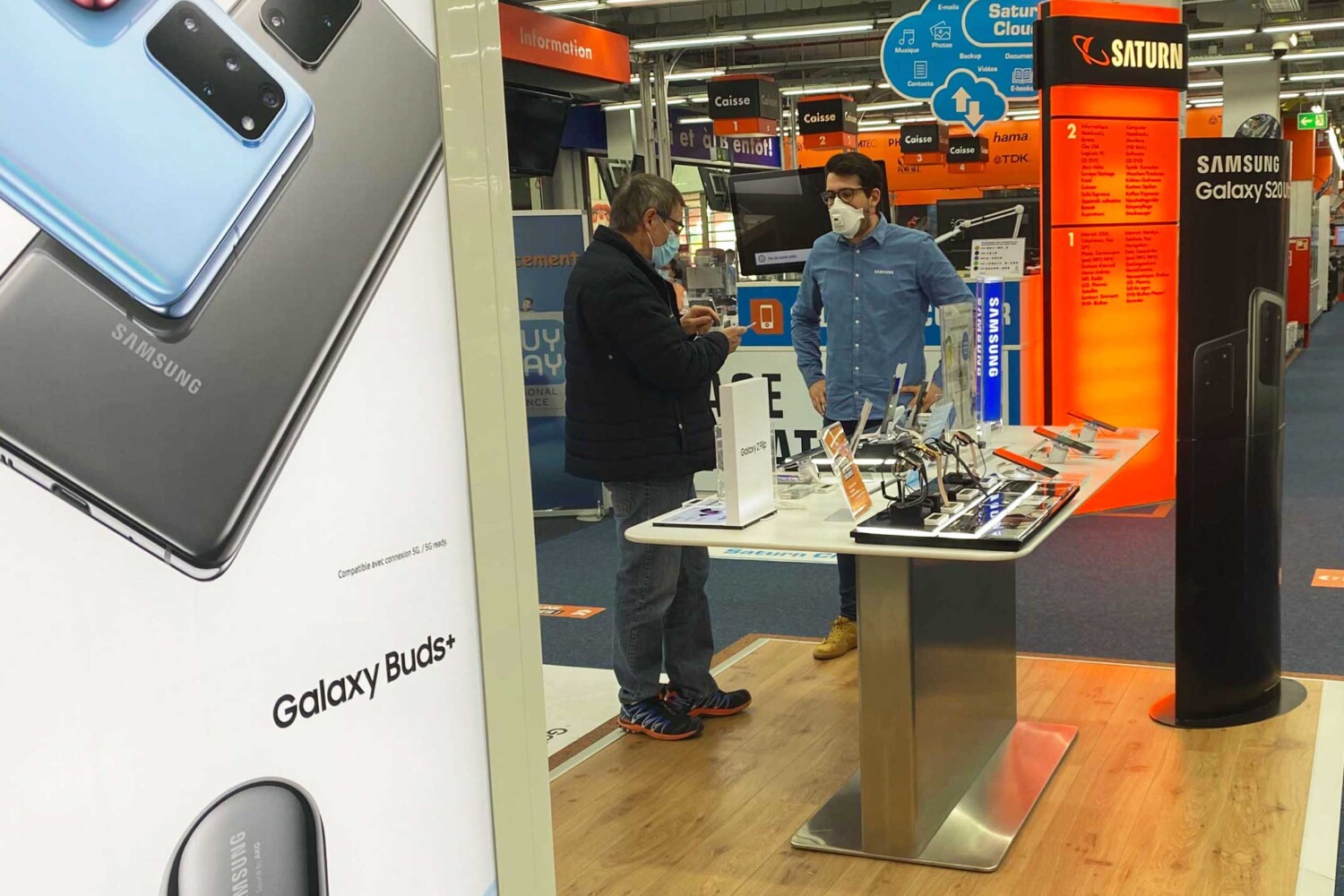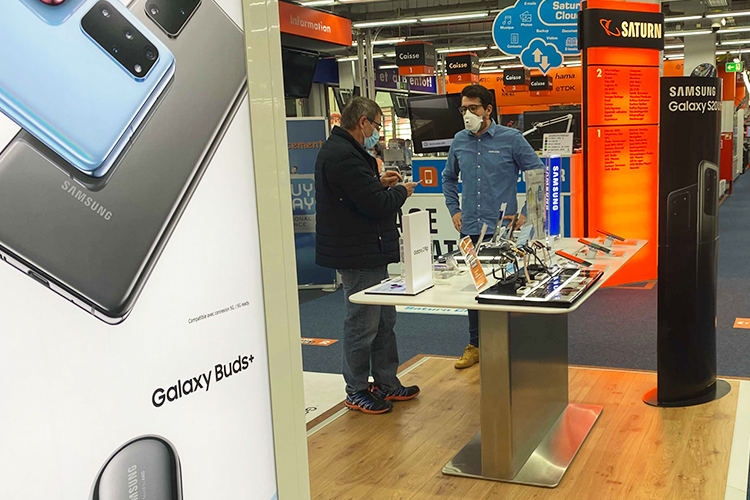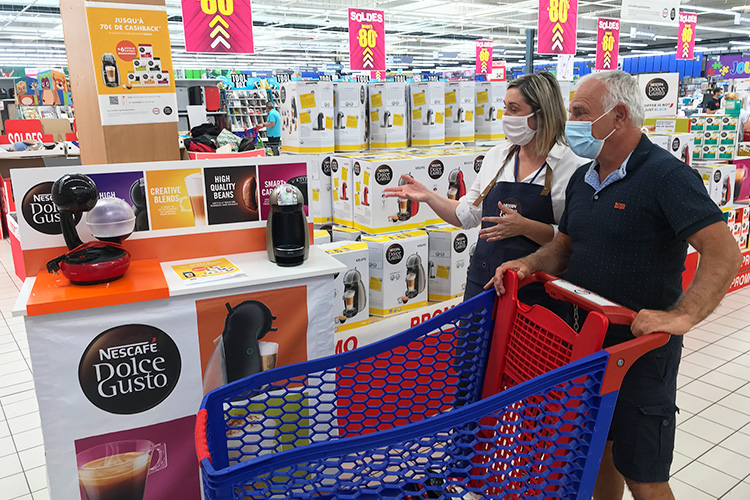Brand activation… you’re going to tell me another crazy marketing term to designate I don’t know what!
The aim of this article is therefore to shed light on the subject but above all to present the advantages of brand activation in your marketing strategy, because it is a powerful lever for making an impression and generating support around a brand in order to make it known and market its products . We will see in this article that “brand activation” can take several forms.
What is brand activation and how does it work?
Activating a brand means making it known to the general public, increasing its notoriety and provoking engagement from the shopper , i.e. triggering an act of purchase .
To trigger this act of purchase, several actions can be initiated with the aim of creating a real experience for the consumer , in short, appealing to their emotions: activities with demonstrations/tastings at the point of sale, sampling, promotions, competitions, etc.
Brand activation can take several forms, for example through customer/consumer events, promotional tours, street marketing actions or even through social media operations (digital activation).
Why use brand activation in your marketing strategy?
The primary goal of brand activation is to create initial contact with the consumer through engagement, unlike traditional advertising, which only promotes a product. The brand’s next task is to build customer loyalty.
Raising awareness of your brand, promoting your event, boosting sales, discovering new products, building customer loyalty, developing your brand image – these are the main objectives of brand activation .
So, now you know a little more about brand activation and its benefits for your marketing strategy, and if it’s still a little unclear, here are some concrete examples produced by CD PUB in 2020:
⭐ Galaxy Buds+ Launch: Samsung Improves Its Wireless Earbuds!
⭐ Promotion of the event “The Box Street Market” organized by Luxexpo The Box
⭐ A brand ambassador to boost sales of the Dolce Gusto Genio coffee machine




